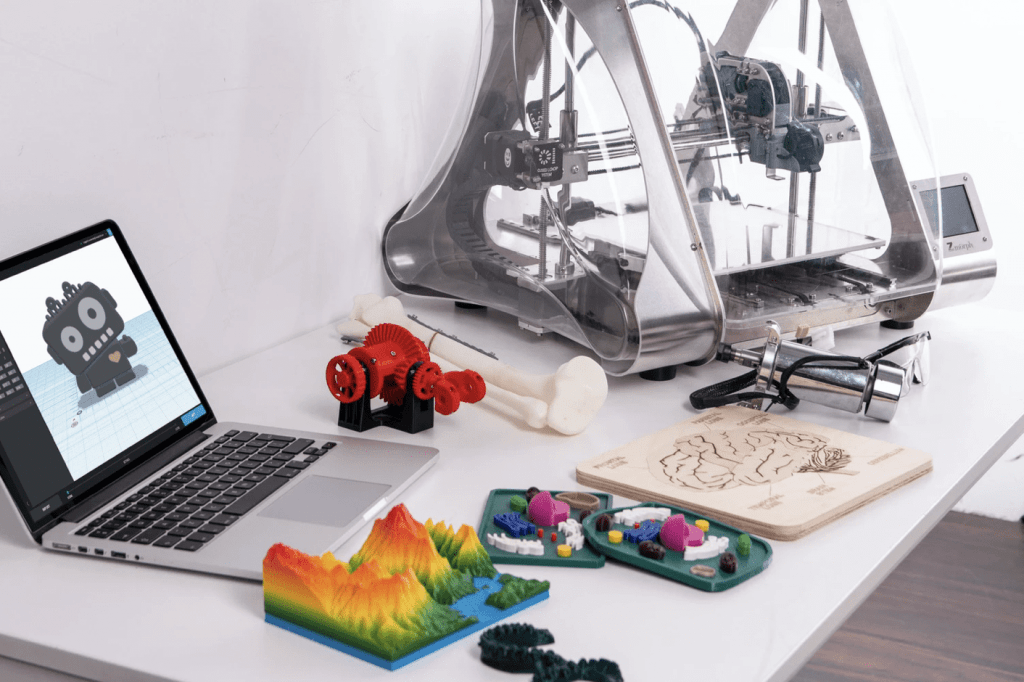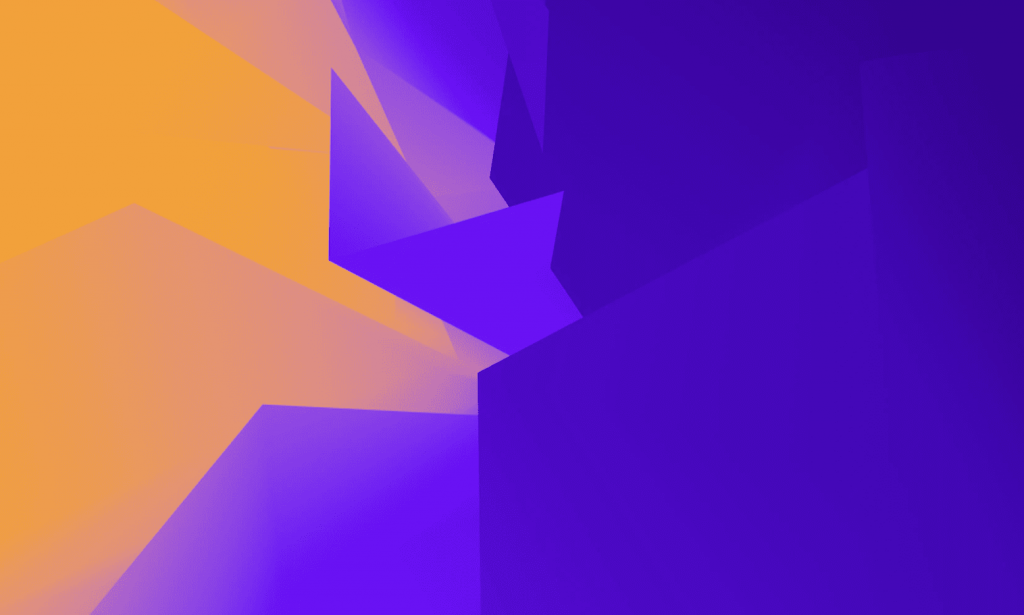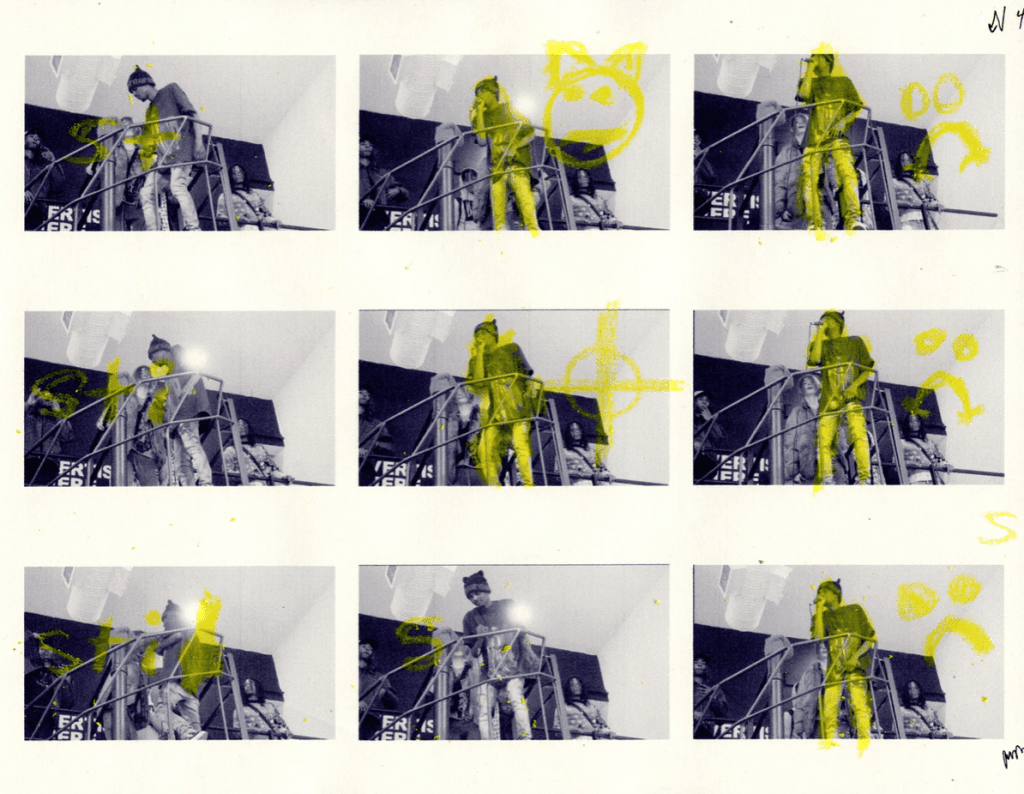3D Animation is all around us nowadays.
Whether we’re referring to the movie industry, the medical sector, video games, or entertainment in general – animation is an adaptable tool that can be used almost anywhere.
We’ve mentioned the movies industry first because Toy Story was the first entirely computer-animated movie back in 1995. 3D effects just make everything better – take the Eye of Horus online game as an example; its graphical effects help it stand out from the rest of the gaming crowd.
But What is 3D Animation?

With 3D Animation, various two-dimensional objects can be moved, rotated, and brought to life through movement and motion. 3D artists are involved in various processes related to the character they’re going to animate.
The model or prop goes through a severe vetting process. As it will be used for the animation, it needs to be able to easily give the proper movements, personality traits, and expressions.
In the following paragraphs, we’re going to closely explore the uses of 3D Animation – giving you more details about how it’s obtained, how the art can be learned, and much more…
What is 3D Animation Used For?
To summarise – a lot.
If you were wondering how 3D animation can influence various domains of activity, we have you covered. Even though most people think 3D Animation is all about movies, video games, and glamorous entertainment, you will be amazed to learn there are many other uses of it!
- Character animation in gaming and movies – the most common use for 3D animation. Actually, the movie and entertainment industry is the birthplace of 3D Animation, so naturally, it’s associated here.
- Education – the use of 3D animation in classes can make a huge difference. Nowadays, when classes in 2021 are being held online, a touch of 3D can keep students engaged and make the lesson a lot more captivating.
For example, simply using a graph to illustrate a point won’t draw too many students’ attention. However, taking that graph and putting it in 3D will definitely raise eyebrows.
Besides looking a lot cooler, 3D аnimation is memorable, fun, and offers students the opportunity to discover a new way of learning. Generally, young people are very familiar with all sorts of аnimation – so, using it in schools to teach really isn’t a bad idea. - Medicine – 3D animation design can play a very important role in medicine as well. For starters, a skilled 3D animation creator can mimic all sorts of organs or illnesses, so that medical students can actually see the things they are learning from books.
In a more advanced way, 3D аnimation is used in PET scans, MRIs, and all sorts of imaging technology. Effectively, animation is providing a detailed view of organs and body parts that can’t be studied any other way. - Military and Police – Armed forces often use 3D Animation for training purposes. This technology can be used to design new equipment or to test various approaches for a given situation. Add VR and AR technologies to the mix, you get numerous applications that the military and рolice will find useful…
Is 3D Animation cheaper than 2D Animation?

In various domains, 3D animation brings a lot to the table.
To satisfy the curiosity of readers wondering what 3D Animation’s weaknesses are – well, we’ve found a small one. It’s price.
3D аnimation is always going to be more expensive than 2D, and for quite a clear reason. 3D animation takes a lot of processing power, very advanced computers, and GPUs to get high-quality 3D animation.
On top of the expensive equipment used to get 3D animations, there’s also the 3D animation maker that can influence the price. With thousands of hours of experience under their belts, 3D animation experts need to always keep an eye on new trends and technologies to make sure they deliver excellent results. So, it’s not just the 3D animation process that makes it expensive, it’s also the know-how that’s not easy to find.
Is 3D Animation A Good Career?

We’ve looked into 3D animation artists, and those responsible for the blockbusters we seen on screen, but now it’s time to shift the lens.
We’re going to look closely at how one can learn animation graphics, and – more importantly – whether this is a good career choice…
3D animation history shows us that there are not many people who venture into this domain, unscathed. The extensive skillset needed to succeed in animation can account for the relatively few people that actually choose this career.
If you want to become a 3D animator, you should take it one step at a time.
Animation can be a tedious line of work, requiring a lot of creativity, but the satisfaction makes up for all the hard work you’re facing.
Thanks to advances in technology, there are many resources available online (for free) that allow you to get started. They’ll help you take your first steps in 3D Animation, realise how it works, and combat any challenges.
Exhaustive research is key, and you should take an early interest in fields like:
- Motions of humans, other bipedal beings, and animals
- Facial expressions and how to portray different moods
- Mechanical design
- Weight and physics
From a financial perspective, choosing a 3D animation career is a wise choice. Websites like Glassdoor show figures of around $60k per year on average for 3D animators.
Depending on the experience level, skills, location etc, a 3D animator could increase their salary to over $100k. Not bad, not bad at all…
3D Animation Questions and Answers

So, you’re now aware what 3D animation is.
We’ve talked the basics on how it’s made, its uses, and the advantages of an animation career – it’s time to go over some frequently asked questions on the topic.
As the list of questions around animation is vast, we focused on ones that could help animators who are at the very beginning of the animation ladder:
What Do I Need to Get Started as a 3D Animator?
Besides doing proper research, and making sure you have plenty of resources to guide you, you will also need a mid-range computer.
3D animation processes require quite a lot of resource from hardware components, so your computer needs lots of processing power. Once the hardware part is dealt with, it’s time to get animation software. Adobe Animate CC, Blender, etc, are some great options to get you on the right track.
For physical components, a tablet and stylus are key. Trying to create animation using your mouse and keyboard won’t get you anywhere!
How Do I Put Together an Animation Portfolio?

Every rookie animator should be asking this question.
After all, your portfolio is basically who you are.
It represents you as an artist as well as displaying your potential. Make sure you’re showcasing your best work and skills – and try and do it in the shortest possible amount of time! To build a good portfolio, you can use these simple steps:
- Keep each Animation short – around 30-45 seconds per example – so that the viewer can see your work without losing their attention.
- Make it simple to navigate – choose good video-presenting software.
- Stitch together clips displaying various types of work you’ve done – variety is the spice of life! Whether it’s acting, drama, movement, technical stuff, character animation, perspective, etc.
- Don’t forget about the audio part of your portfolio – sure, the focus will go to the visuals first. However, music and soundtrack really help to get someone’s attention. Take movie trailers, for example, the scenes are accompanied by perfectly chosen music to generate certain emotions in viewers. That’s what you want to achieve as well. Even if your animating skills are very sharp, not delivering them right is doing yourself an injustice.
Where to Find Inspiration as a Rookie Animator?
First of all, you should subscribe to every credible 3D animation platform you can find! We’re talking about podcasts, interviews, reputable agencies, news sites, etc.
The internet is your best friend and places like Pinterest, We Present, Creative Bloq, or It’s Nice That, can offer a lot of inspiration.
Looking to hire? At Twine, we have a wide range of top quality 3D Animators ready to skyrocket your business, today.



